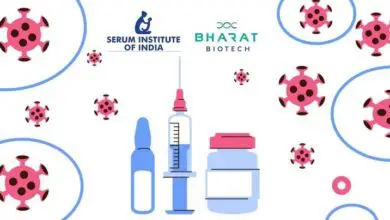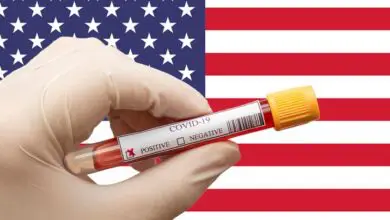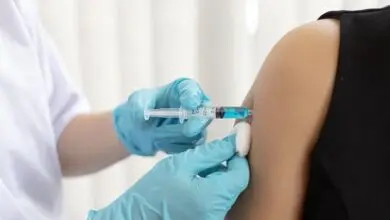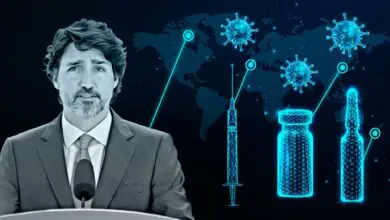Transferal of SARS-CoV-2: A Brief Overview
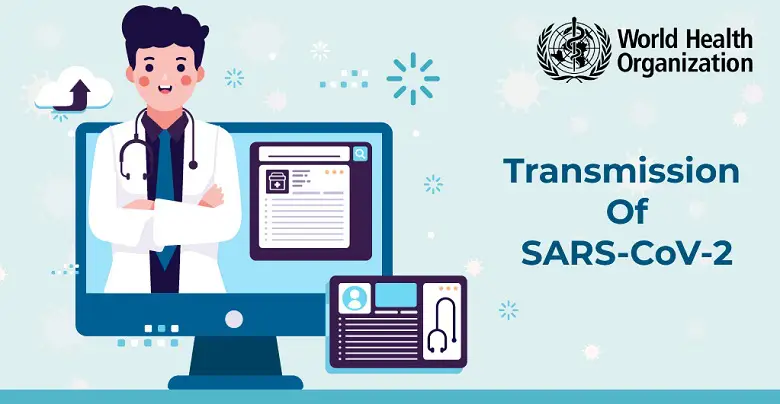
The primary aim of the Global Preparedness and Response Plan for COVID-19 is to control the virus outbreak by concealing the transmission of the virus and prevent death and illnesses due to that. Evidence states that SARS-COV-2, the virus, which is the cause for suffering from COVID-19, is spread from person-to-person. Apart from this, there are few other modes of transmission like contact, droplet, airborne, fomite, fecal-oral, bloodborne, mother-to-child, and animal to human.
We need to focus on how SARS-CoV-2 is spread. A scientific brief by WHO outlines how the virus spreads from a person and how severe their illness is. According to the pieces of evidence presented in the scientific briefing, SARS-COV-2 RNA is caught in people 1-3 days before the symptoms begin. Being detected with viral RNA doesn’t mean that the person is infected from the virus and can transmit the virus to another person.
People infected with SARS-CoV-2 develop symptoms that directly infect via close contact and droplets. According to the statistics, 75,465 cases in China have occurred due to household settings, which makes the transmission occurr due to extended contact. Reports stated by the Korean Republic suggested that 9 out of 13 cases in Korea have occurred due to household contact. Apart from that, people closer to having physical contact and share meals and are in places like gyms, places of worship, or the workplace have a higher chance of getting infected with the virus.
Many studies have proven that people have infected others before falling ill themselves. According to one of the transmission studies from Singapore, stated that 6.4% of secondary cases have resulted in increasing cases of pre-symptomatic transmission. The researchers are still trying to understand better the significance of different routes of transmission.
Things to Ponder
It is imperative to understand when and how the people are infected due to the virus outbreak. Keeping a precise record can help in developing and implementing measures to control the spread of the virus. In areas where COVID-19 is transmitted through communities, WHO has advised the healthcare workers working in the clinical sectors should consistently wear masks and make appropriate use of PPE.
The immediate action that can be taken is to isolate the infected people as soon as possible. The officials have to keep a record of identifying and quarantining all the close contacts of infected people. Apart from that, as a responsible citizen, we have to maintain proper hygiene and follow social distancing thoroughly as advised.
Present shreds of evidence suggest that SARS-CoV-2 occurs between people due to direct, indirect, or close contact with the people who are already infected. The virus is mostly spread through saliva and respiratory secretions.
Airborne transmission primarily occurs in healthcare settings where particular medical procedures, known as aerosol-generating procedures, release small droplets in the air, which is known as an aerosol. Reports suggest that overly crowded spaces have higher possibilities of aerosol transmissions. It has now become necessary to throw light upon the significance of different routes of virus transmission. WHO is monitoring the emergence of virus and are trying to keep the world updated with significant evidence.
